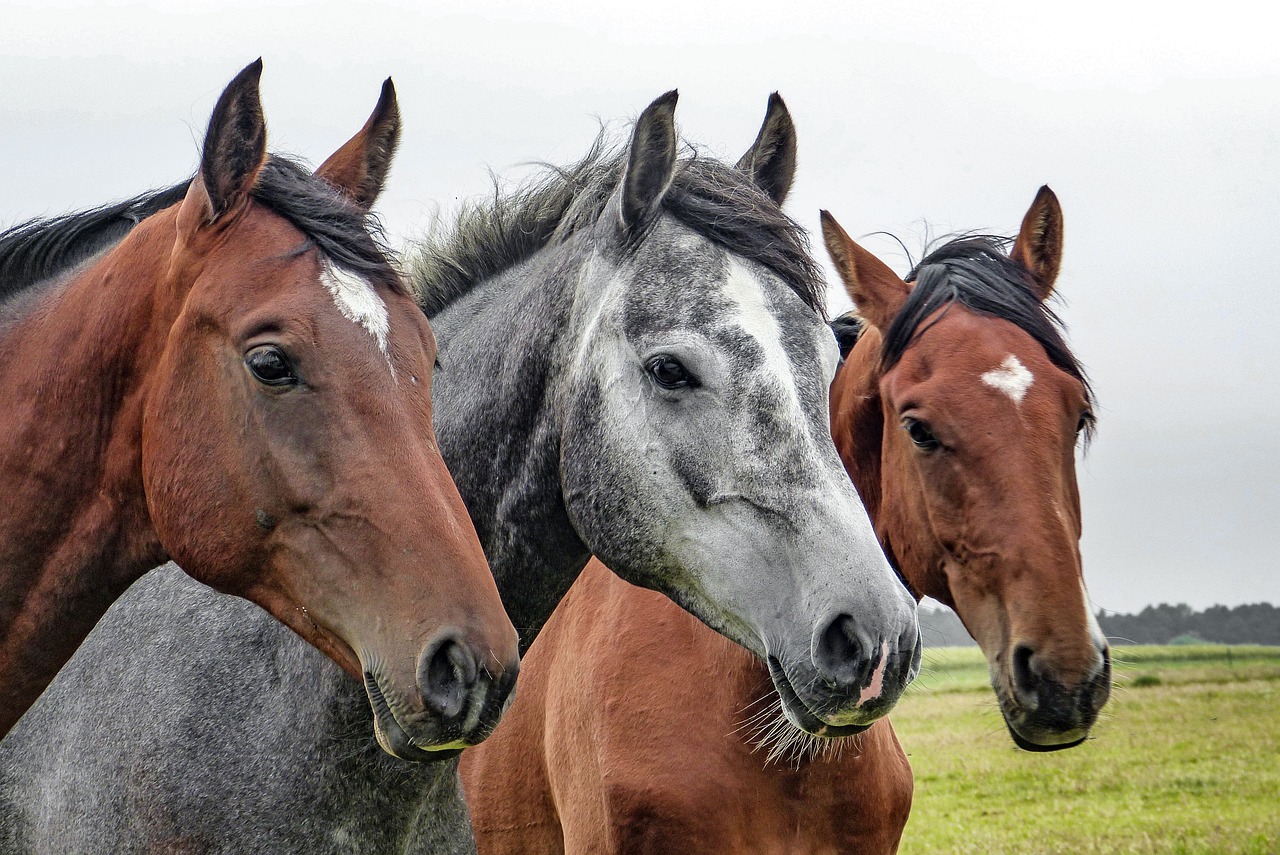Understanding Pinworm Infections in Horses: Causes, Management, and Control
Pinworms in horses: A Closer Look
In recent times, a marked increase in pinworm cases among horses has captured the attention of horse owners and vets alike. Although pinworm isn’t a genuine a genuine intestinal parasite threatening equine health, it can be a persistent source of irritation and can pose challenges particularly horses kept in stables.
Pinworms, scientifically known as “Oxyuris equi,” are a type of parasitic worm that commonly affects horses. These worms are typically off-white in colour and typically the females grow up to about 4cms in length although some can be up to 10cm, while males are less than 1 cm long.
When observing these worms near a horse’s rectum, these are usually adult females that have migrated from the horse’s large intestine to the rectum to lay their eggs. Often, these worms are inadvertently expelled from the horse’s body during defecation. They have a long tapering body hence their name. Initially, they may appear alive and active, but they quickly become immobile.
The Life Cycle of Pinworms
Pinworm eggs are oval-shaped and are usually ingested by horses while they feed. The prepatent period is 5 months (so it is very difficult to know when the horse was originally infected.) .) Pinworm eggs are ingested by the horse and hatch, the larvae make their way to the horse’s right dorsal colon. Here, they attach themselves to the intestinal wall. Interestingly, even though they attach to the intestinal wall, current understanding suggests that they generally cause minimal harm to the horse’s health, even when present in large numbers. Adult pinworms, particularly females, significantly outnumber males (approximately 10:1 ratio) and are notably larger. These adults lack mouthparts for attachment, which contributes to their relatively benign presence within the horse’s digestive tract.
Egg-Laying and Transmission
It takes 5 months after infection for the pinworm to mature to an adult. To lay their eggs, adult female pinworms leave the colon and migrate to the horse’s rectum. From there, they extend a protruding section of their bodies out of the anus, allowing them to deposit eggs. This process involves secreting a yellowish and viscous mucus that contains a substantial quantity of pinworm eggs—ranging from 8,000 to 60,000 eggs. The deposited mucus dries and forms a brittle crust that eventually breaks into fragments. These egg-laden fragments can be dislodged through the horse’s movements, such as rubbing against surfaces. This can happen on grass or bedding material in stables. The eggs become infectious within three to five days, and horses ingest them while grazing or exploring their environment. Notably, pinworms are perhaps the only parasites that stabled horses can contract, with the potential for significant contamination of the bedding.
Effects and Diagnosis
The primary negative consequence of pinworm infections lies in the irritation they cause to the horse’s rump. This irritation can result from both the egg-laying activities of female worms and the discomfort caused by the drying egg-laden mucus fragments. While some horses can bear high worm burdens with minimal or no rubbing, others may be more sensitive due to individual differences or immune responses. The friction caused by rubbing can lead to hair loss, inflammation of the skin, and even damage to the tail hairs.
Diagnosing pinworm infections can be a challenge. Pinworm eggs are not commonly found in routine faecal samples. Instead, they are best detected in the region around the anus and beneath the tail. The Westgate Lab Pinworm test involves adhering short strips of sticky tape to the skin near the anus, collecting debris that may contain egg fragments. Cleaning the perianal area before sampling can enhance the accuracy of diagnosis by reducing interference from skin debris.
Effective Control Strategies
To manage pinworm infestations, several strategies are effective. Washing the area around the anus where the sticky residue is especially in the morning (Pinworm is most active at night) will prevent the eggs getting back into the environment. Washing morning and night is the gold standard. Washing on a regular basis should be done with water and only a medicated shampoo and thoroughly rinse. Care should be taken when using products which can be abrasive like Hibiscrub. After washing apply Protection Plus (Vaseline based) to the skin surrounding anus as this will help reduce the number of eggs that stick to the skin.
Disinfecting stable surfaces is essential, and extra attention should be given to objects within the stable environment that could reintroduce contamination, such as buckets, feed bowls, haynets, and rugs. Avoid sharing grooming brushes, and remove used bedding promptly, placing it far away from contaminated areas before it can be walked on by horses or stable staff. Thorough cleaning the stable area with a heavy-duty disinfectant helps to minimize the risk of re-contamination. In addition, be mindful of your own clothing, as eggs can attach themselves and be inadvertently transferred to other parts of the stable or other horses.
Moreover, maintaining proper stable hygiene plays a vital role. Disinfecting stable surfaces is essential, and extra attention should be given to objects within the stable environment that could reintroduce contamination, such as buckets, feed bowls, haynets, and rugs. Avoid sharing grooming brushes, and remove used bedding promptly, placing it far away from contaminated areas. Thoroughly cleaning the stable area with a heavy-duty disinfectant helps to minimize the risk of re-contamination. In addition, be mindful of your own clothing, as eggs can attach themselves and be inadvertently transferred to other parts of the stable or other horses.
Management
In the same way that fencing off your stable will reduce crib biting it is best to keep the horse away from anything that it can rub its tail against. Tail rubbing can lead to secondary infections and of course creates an environment for the eggs. If you can combine washing to remove the eggs with a paddock with no gate or fence posts (electric fencing and water trough) then this will aid recovery.
Treatment
All the regular active ingredients in wormers are effective against the adult stages of pinworm. Fenbendazole (Panacur), Pyrantel (Strongid P), Ivermectin (Noromectin) and Moxidectin (Equest). The problem is that the immature stages of the worm are less sensitive to wormers and so may survive post treatment. The general practice at this time is to be able to treat frequently on a regular basis.
A note of caution surrounds the notion of worming enemas as a curative measure for pinworms. Despite suggestions, no concrete evidence endorses the efficacy of this approach. Contrary to prevailing beliefs, oral wormers have demonstrated their competence in addressing pinworms and continue to serve as a dependable treatment avenue for this particular parasite.
In conclusion, while pinworm may not be a severe health threat for horses, its persistence and potential for irritation warrant careful management. Understanding its life cycle, implementing thorough hygiene practices, and using appropriate treatments can significantly reduce the impact of pinworm infections in horses.
James Macgregor 29 August 2023

